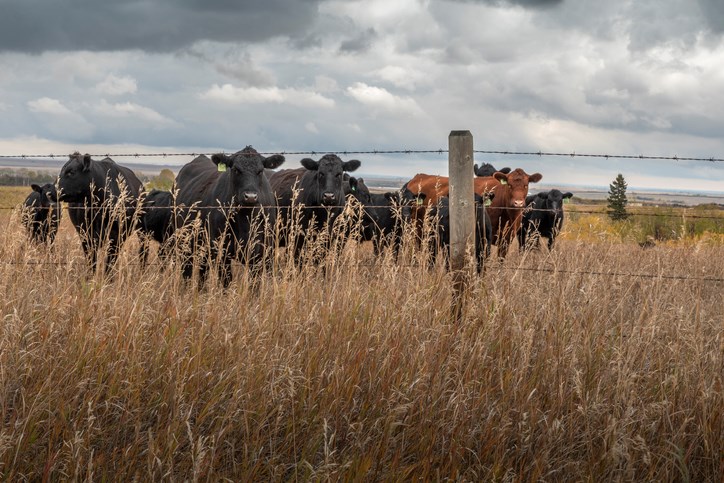YORKTON - While warmer weather this past week has helped crops to progress, much of the crop in the region is behind their normal stage of development. Despite excess rain causing flooding and drowning out of low spots, crops look good overall. The western part of the region received rain this week which has helped improve the dry conditions but some areas still require more.
Crops in the region are rated as fair to excellent. 47 per cent of the fall cereals, 56 per cent of the spring cereals, 62 per cent of the oilseed and 36 per cent of the pulse crops are behind their normal stage of development. Warm and dry conditions in some areas have allowed some crops to catch up but are still required to continue to facilitate crop growth.
While the western part of the region received wanted rain, other areas have reported quick, heavy rains and hail which have caused flooding and lodging. Rainfall in the region ranged from nothing to 39 mm in the Earl Grey area. The Craik area received two mm, the Wadena area 12 mm, the Allan area 16 mm, and the Saltcoats and Kelliher areas 20 mm.
Topsoil moisture conditions have remained stable in the region. Cropland topsoil moisture is rated as 10 per cent surplus, 71 per cent adequate and 19 per cent short. Hay and pasture land is rated as nine per cent surplus, 69 per cent adequate, 20 per cent short, and two per cent very short. Crop district 5A is reporting that 28 per cent of cropland and 24 per cent of hay and pasture land has surplus topsoil moisture. Crop district 6A is reporting that 32 per cent of cropland and 42 per cent of hay and pasture land has short or very short topsoil moisture.
Many producers in the region are starting haying operations as conditions allow. The rain has supported good hay growth and many producers are happy with its condition. Livestock producers now have 22 per cent of the hay crop cut and 13 per cent baled or put into silage. Hay quality is rated as 31 per cent excellent, 59 per cent good and 10 per cent fair.
The majority of crop damage this week was caused by localized flooding, hail, dry conditions and strong winds. Like other parts of the province, gophers and grasshoppers continue to be damaging crops and hay and pasture lands. Producers are busy haying and spraying fungicides.

.JPG;w=120;h=80;mode=crop)


